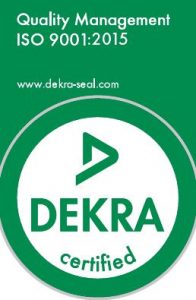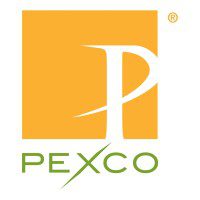Plastic Injection Molding vs 3D Printing
June 3, 2021 | Blog, FEP & PFA Materials Blog, Peek Materials Blogs, PEI (Polyetherimide) Ultem, PPS Materials Blogs, Precision Injection Molding Capabilities Blogs, Torlon Materials BlogChoosing the best technology for your application
Plastic injection molding and 3D printing are both viable technologies. 3D printing has given engineers the power to create designs and bring them to life in a matter of hours. Injection molding, on the other hand, is the proven technology for complexity, quality, and value. It is used to produce high-volume runs of complex plastic designs quickly and reliably. They are complimentary processes.
The use of 3D printing in innovative and experimental scenarios is a viable technology for its ability to create custom plastic part designs quickly. The medical industry has embraced the use of the quick-turn technology to create custom items such as prosthetics, dental products, orthopedics, implants and more. 3D printing is the optimal choice during the design process, when low volume and design changes are necessary in refining the design process. However, the 3D process limits your material choices, as all materials are not a fit or even available in a form suitable for 3D printing.
3D printing is best used for:
- Quick turnaround times
- Low volume, slower production speeds
- Parts in the design phase with frequent changes – prototyping, lower product quality
- Smaller part sizes
Once a design has been finalized, plastic injection molding becomes the optimal process. Most of today’s plastic parts are manufactured using plastic injection molding – it’s best for producing large quantities quickly and reliably in high volume runs. You have greater material options with plastic injection molding, and you can control material weight, cost, flexibility with endless combinations of materials. It helps organizations control the cost and integrity of designs with complexities and tight tolerances.
Plastic Injection molding is best used for:
- High volume
- Finalized part design
- Enhanced strength and durability
- Complex, precision, detailed parts
At Performance Plastics we have been presented with many opportunities that were previously manufactured using 3D printing, only to discover that injection molding was the more appropriate technology. As experts in FEP, PFA, PAI (Torlon), Ryton PPS, PEEK and Ultem resins we frequently work with mission-critical applications. We understand that 3D printing can be an essential component of the design process. If you have a project that requires high volume (5,000+ parts per year), has high-temperature resin requirements, tight tolerance with complex geometries, plastic injection molding is your solution.
If you don’t have a lot of time, need a lot of flexibility, and need a few parts right now, 3D printing may be your choice. But, if you need to do large, repetitive product runs with complex geometries, tight tolerances, with high quality, consider plastic injection molding.








